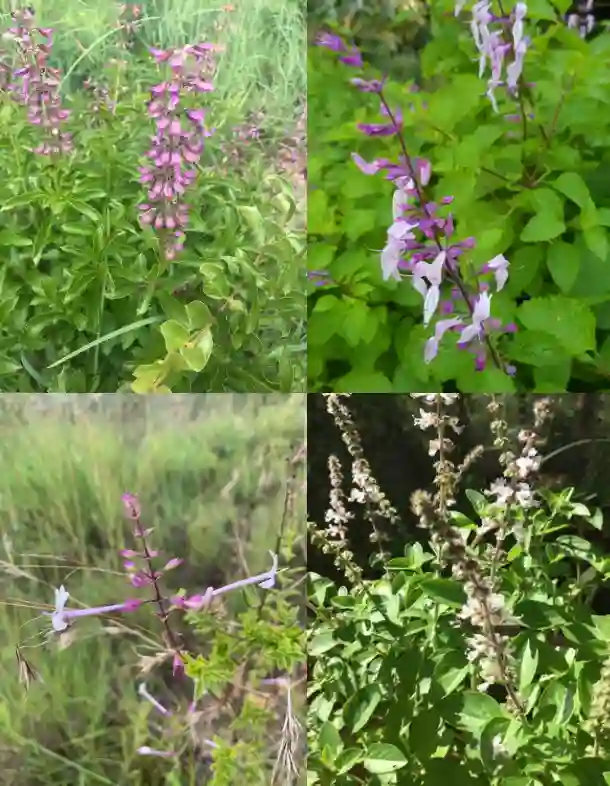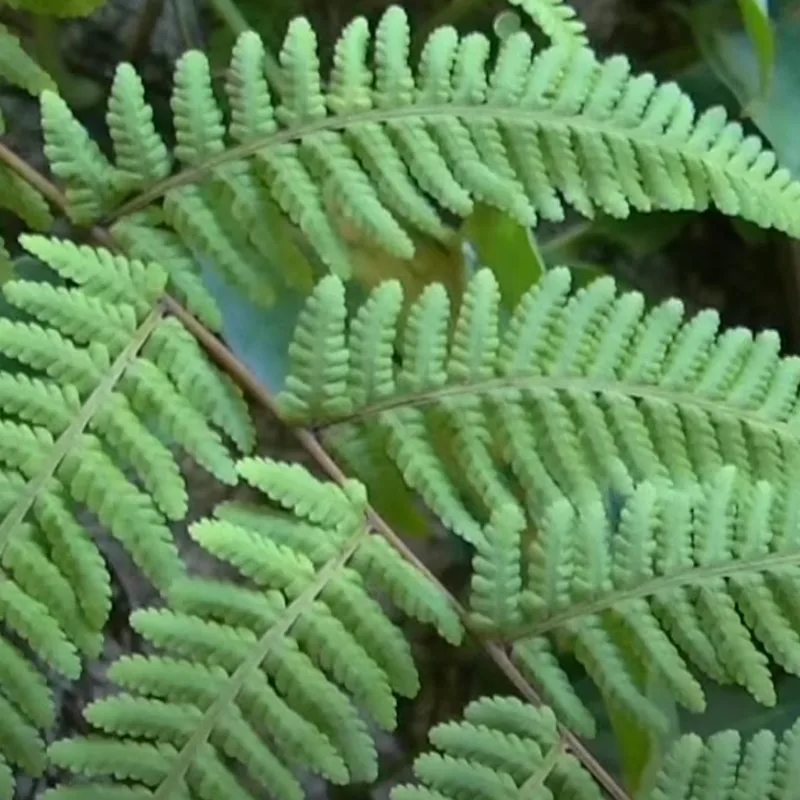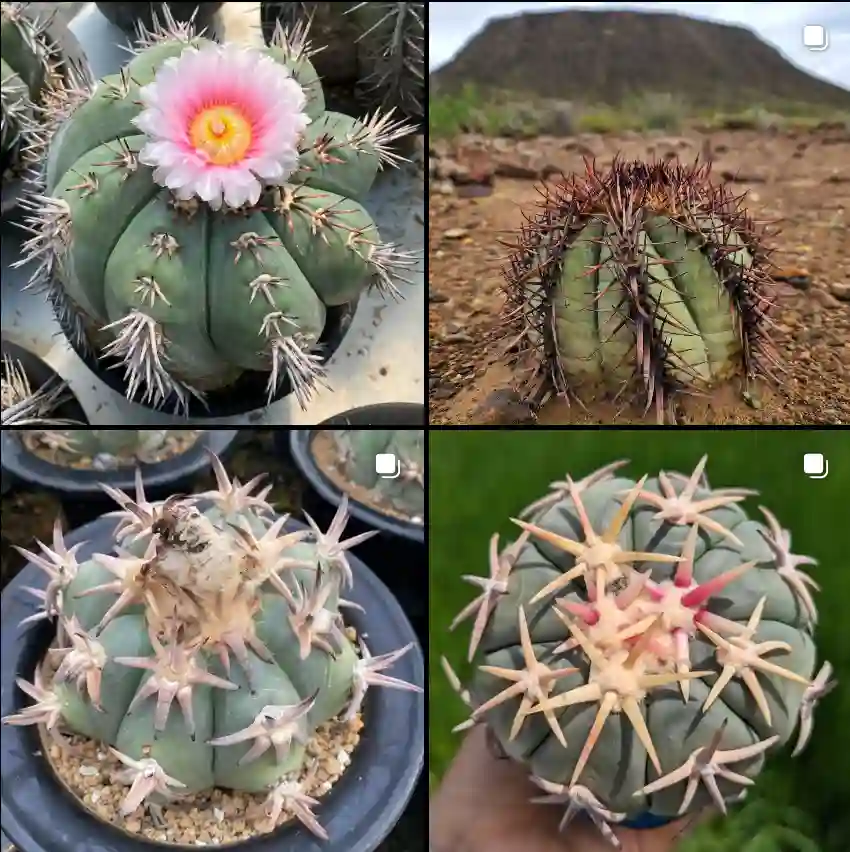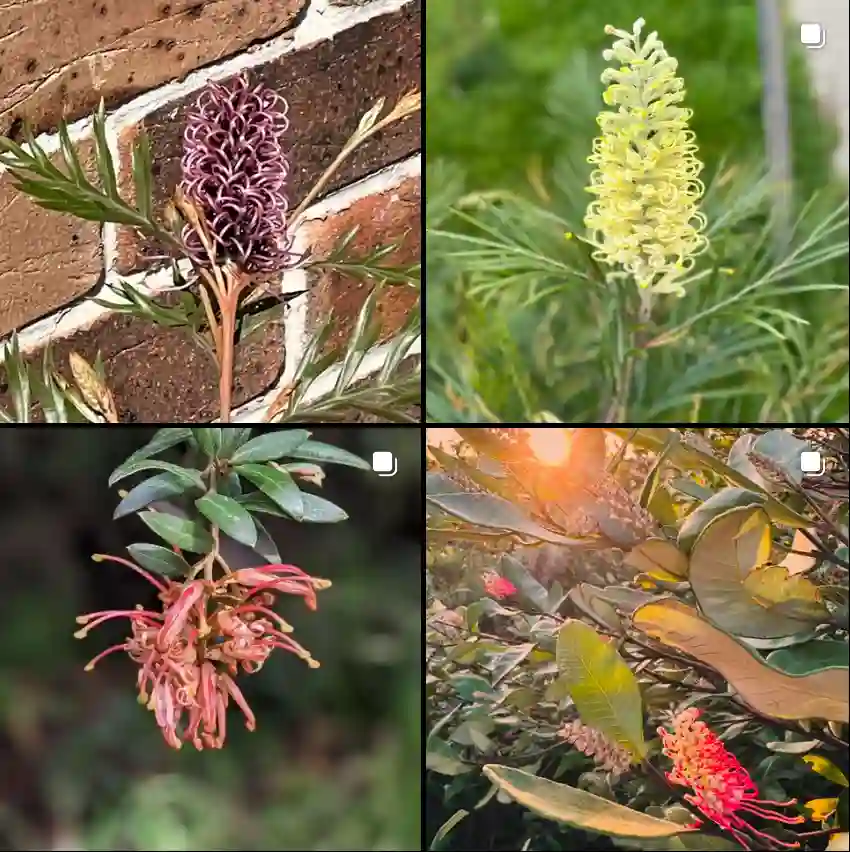As a plant enthusiast, I’ve always found the Araucariaceae family to be fascinating. This family of ancient coniferous trees, which includes genera like Agathis, Araucaria, and Wollemia, has been around for millions of years. Exploring these trees has not only deepened my appreciation for their beauty but also highlighted their significance in the world’s ecosystems and historical importance.
The Araucariaceae Family
The Araucariaceae family is a group of evergreen conifers primarily found in the Southern Hemisphere. What fascinates me the most is their age; these trees have a lineage dating back to the Mesozoic era, around 200 million years ago. These “living fossils” once coexisted with dinosaurs, and yet, they remain resilient, dotting the landscapes of today. From my observations, these trees are not only majestic but also serve crucial roles in stabilizing ecosystems, offering shelter and food to numerous wildlife species.
The Majesty of Agathis
One of the most remarkable genera in the Araucariaceae family is Agathis. Commonly known as kauri trees, these giants are primarily found in the tropical and subtropical forests of the Pacific. In New Zealand, the most famous member of this genus is the mighty Agathis australis, or the kauri tree. Standing beneath one of these trees is a humbling experience; they can grow up to 50 meters tall and live for over 1,000 years. The dense, straight trunks and glossy leaves make them a true standout in any forest.
Kauri trees are more than just aesthetically impressive. The timber from Agathis is highly valued for its durability and fine grain. It has been used for boat building and crafting high-quality furniture. Though I haven’t worked with kauri wood myself, its reputation as one of the finest timbers in the world is well-deserved. However, kauri forests face a serious threat from kauri dieback disease, which makes conservation efforts more critical now than ever.
The Iconic Araucaria
When I think of the Araucariaceae family, the Araucaria genus is probably the most familiar. This genus includes iconic species like the monkey puzzle tree (Araucaria araucana) and the Norfolk Island pine (Araucaria heterophylla). Personally, I’ve always been drawn to the monkey puzzle tree because of its unusual appearance. The tree has stiff, spiky branches that twist in fascinating patterns, giving it an almost prehistoric look.
The monkey puzzle tree originates from the temperate forests of Chile and Argentina, and its distinct form makes it a popular ornamental tree worldwide. Growing one in your garden requires patience and space—these trees can reach up to 40 meters tall. What really struck me is how they’re perfectly adapted to their environment. The sharp leaves deter herbivores from grazing on them, making them a hardy, long-lived species. These trees can live for over 1,000 years, which feels like a testament to their strength and adaptability.
On the other hand, the Norfolk Island pine is more widely cultivated as a houseplant. Its symmetrical, graceful form makes it a favorite for indoor decoration, especially during the holiday season when it’s often mistaken for a Christmas tree. I’ve grown one indoors myself, and while it’s not as towering as its counterparts in the wild, the elegant structure adds a touch of nature to any living space.
The Ancient Wollemia
Of all the genera in the Araucariaceae family, Wollemia holds a special place in my heart due to its fascinating history. The discovery of the Wollemi pine (Wollemia nobilis) in 1994 is one of the most exciting botanical finds in modern times. For years, it was thought to be extinct, only known through fossil records dating back 90 million years. To find living specimens in a remote canyon in Australia was like finding a dinosaur alive today. It’s truly awe-inspiring to think that this tree survived catastrophic events that wiped out much of the Earth’s life, including the dinosaurs.
I was fortunate enough to see a Wollemi pine at a botanical garden, and it was surreal. The Wollemi pine has a unique appearance with dark, knobby bark that almost looks like bubbling chocolate and fern-like leaves. While not the tallest in the family, it certainly holds a distinctive charm. Today, conservation efforts are ongoing to ensure the survival of this ancient species. I’m grateful that we can still see these trees today and that they’ve become a symbol of resilience in the plant world.
Relevance and Conservation
The Araucariaceae family plays an important role in global biodiversity. Many species are now considered vulnerable or endangered, largely due to habitat loss and diseases like kauri dieback. In my own experience, it’s crucial to raise awareness about these ancient giants and support conservation efforts. Preserving these trees is not just about saving a species; it’s about maintaining a living connection to Earth’s ancient past.
As someone who appreciates both the aesthetics and the ecological significance of these trees, I believe that the Araucariaceae family deserves more attention. Whether it’s through planting Araucaria in your garden or supporting conservation efforts for Wollemia, we can all play a part in preserving these majestic trees for future generations.
Conclusion
The Araucariaceae family has captivated me for years. From the towering Agathis trees to the striking Araucaria and the ancient Wollemia, these trees are more than just beautiful—they’re living history. Each genus within the family offers something unique, whether it’s the cultural significance of kauri wood, the striking form of the monkey puzzle tree, or the remarkable survival story of the Wollemi pine. I’m always excited to share what I’ve learned about these trees, and I hope more people will appreciate their beauty and significance.
If i die, water my plants!



